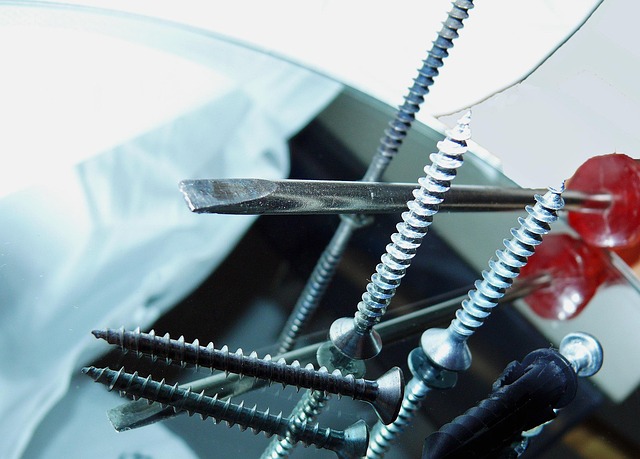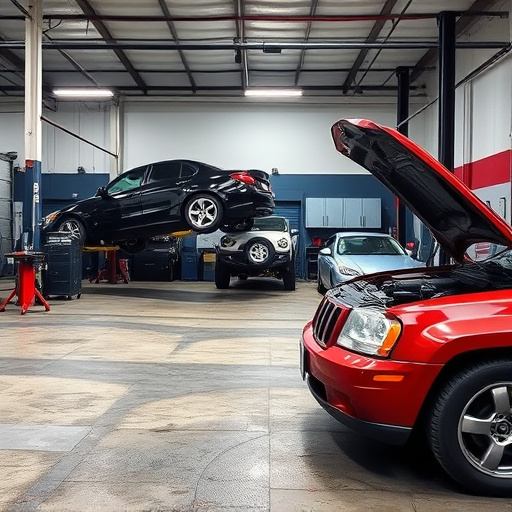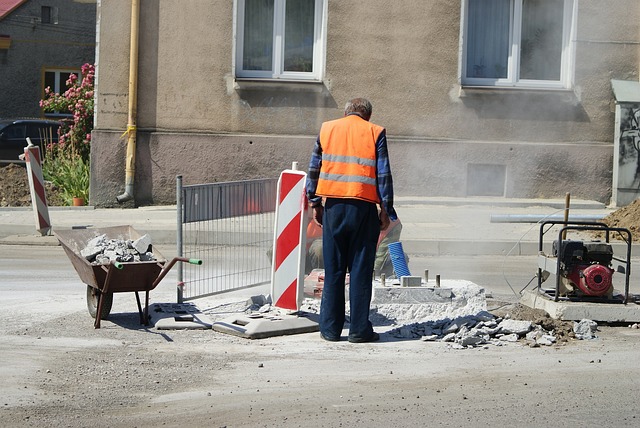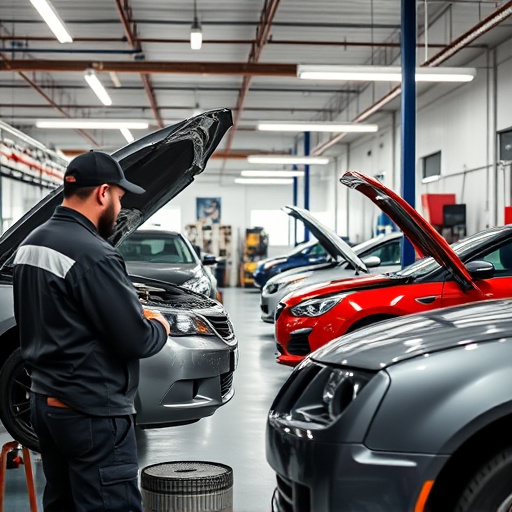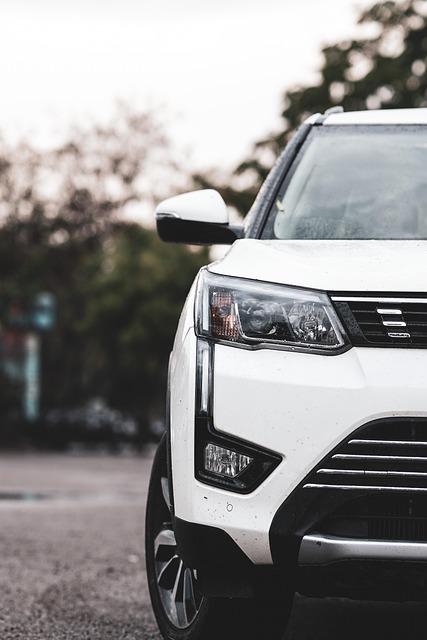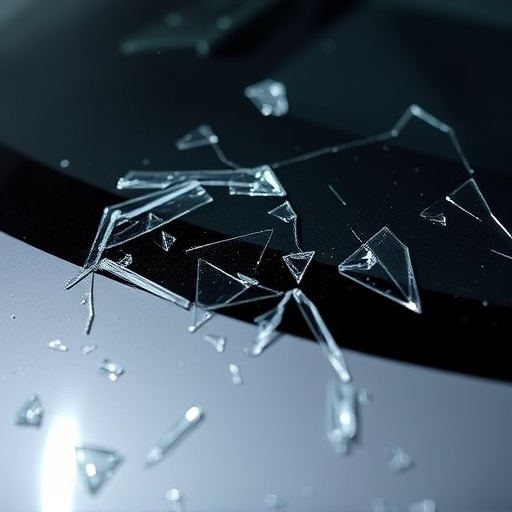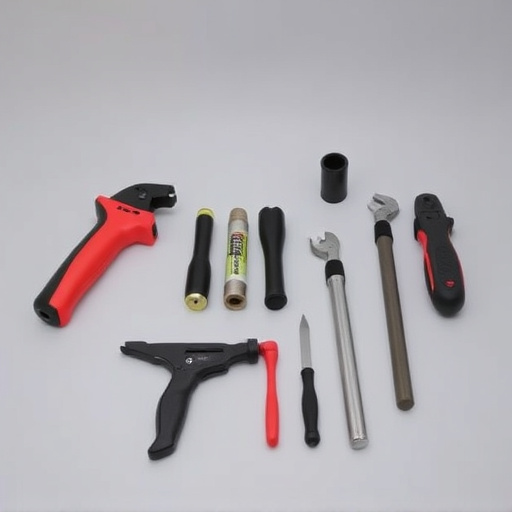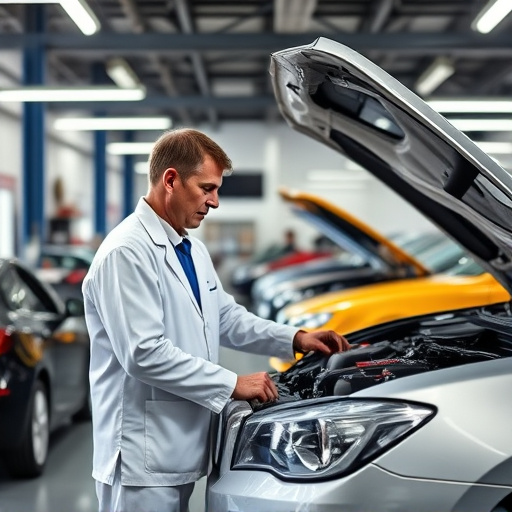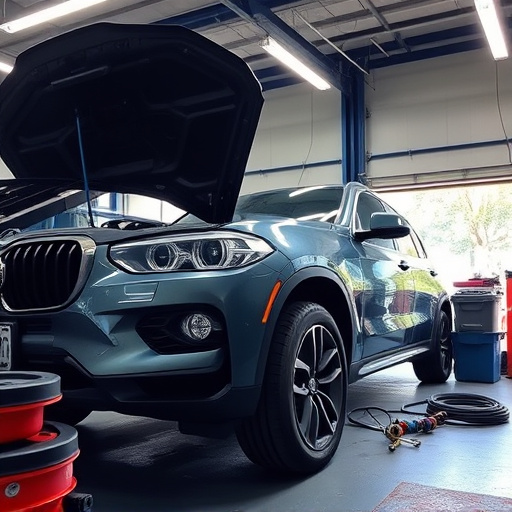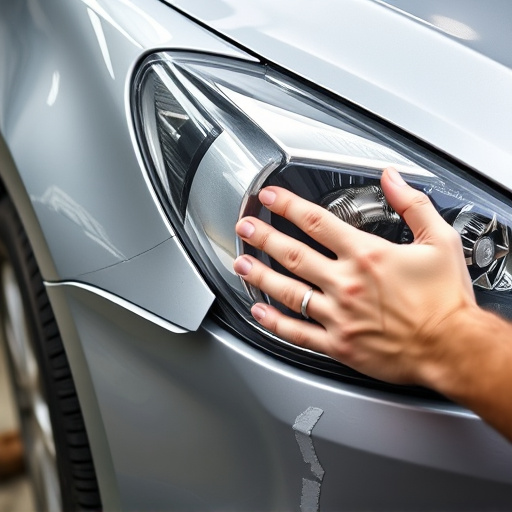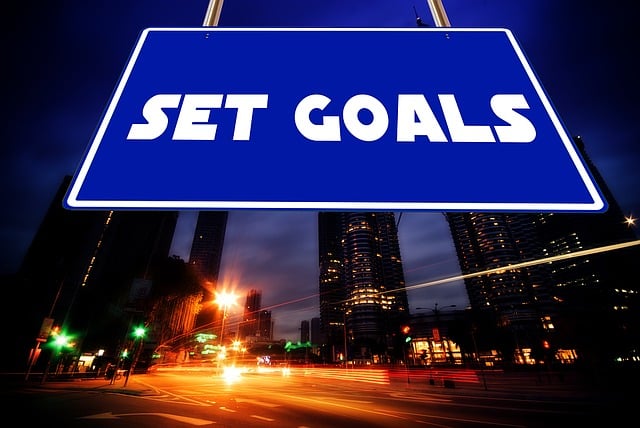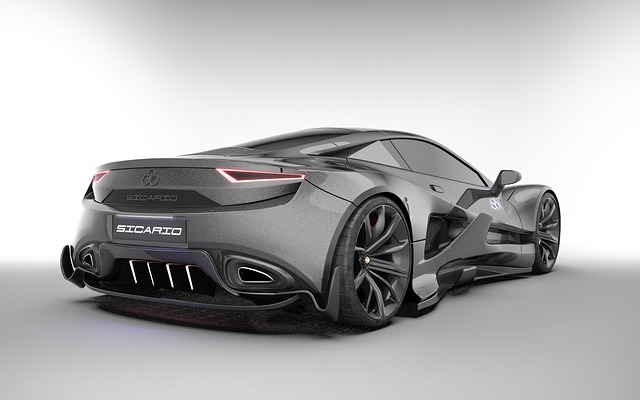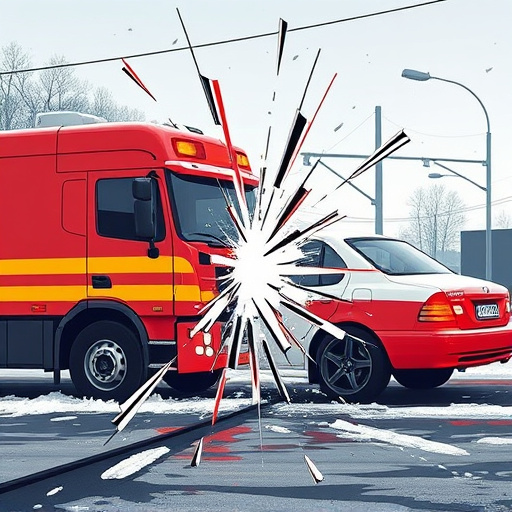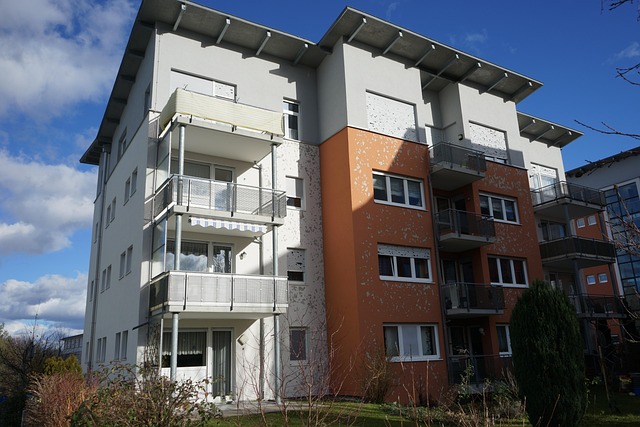Sunlight exposure negatively affects pearl finish collision repairs, causing color variations and fading. Auto body shops must create controlled lighting environments to ensure accurate results, maintain vibrant details, and extend vehicle exterior lifespans. Optimal conditions rely on well-lit spaces with soft morning or late afternoon light, minimizing shadows for precise work. Advanced lighting equipment enhances visibility, reduces errors, and facilitates tailored repairs for top-tier pearl finish collision repair services.
The sparkle of a pearl finish can make a vehicle’s appearance truly distinctive, but achieving precision in its collision repair is a delicate process. Sunlight, while essential for the healing power of paint, can significantly impact the accuracy of repairs due to its varying intensities and spectrums. This article explores how sunlight exposure influences pearl finish collision repair, offers tips for optimizing repair conditions with natural light, and provides techniques to ensure precision in lit environments.
- Sunlight Exposure: Impact on Pearl Finish
- Optimizing Repair Conditions: Natural Light Considerations
- Techniques to Ensure Precision in Lit Environment
Sunlight Exposure: Impact on Pearl Finish
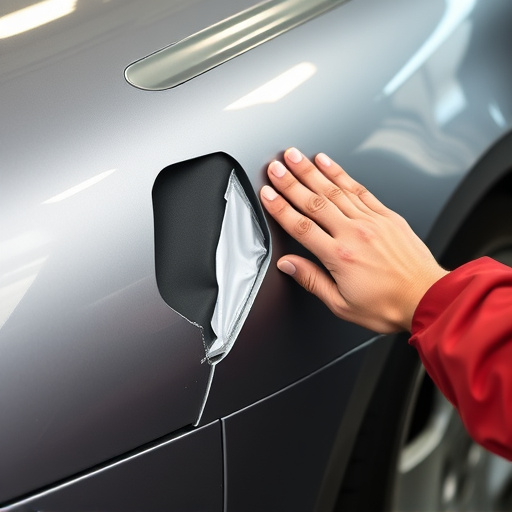
Sunlight exposure plays a significant role in the quality and accuracy of pearl finish collision repair. Direct sunlight can cause variations in color intensity and shade, affecting the precision during the application process. The UV rays in sunlight can also lead to premature fading or discoloration of the pearl finish over time, impacting both the aesthetics and durability of the repair.
In auto body repair, where pearl finishes are increasingly popular due to their sleek and luxurious appearance, maintaining consistent lighting conditions is crucial. Auto repair services that incorporate controlled lighting environments during the repair process can ensure more accurate results, preserving the vibrant and intricate details of the pearl finish. This meticulous approach not only enhances the visual appeal but also extends the lifespan of the vehicle’s exterior, addressing concerns related to both functionality and aesthetics in vehicle repair.
Optimizing Repair Conditions: Natural Light Considerations
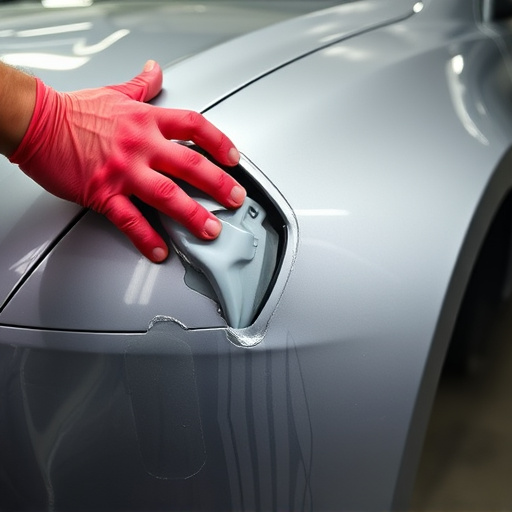
Optimizing the conditions for pearl finish collision repair is a delicate art. Natural light plays a pivotal role in achieving precision and accuracy during the restoration process. When conducting pearl finish collision repair, aiming for a well-lit workspace is essential. This involves considering the time of day, as soft morning or late afternoon light can provide even illumination, reducing shadows that might obscure imperfections. By selecting these times, technicians ensure they have an unobstructed view of the vehicle’s surface, enabling them to spot and rectify even the minutest details with precision.
Moreover, incorporating natural light into the repair process enhances the overall quality of work. It allows for better color perception, ensuring that the final pearl finish matches the original specifications perfectly. Proper lighting conditions also facilitate a more meticulous approach, as it becomes easier to identify and address any inconsistencies or imperfections in the paintwork. This attention to detail is what sets apart exceptional automotive repair services, where natural light serves as an invisible yet powerful tool in creating a seamless and stunning pearl finish on vehicle dent repair projects.
Techniques to Ensure Precision in Lit Environment
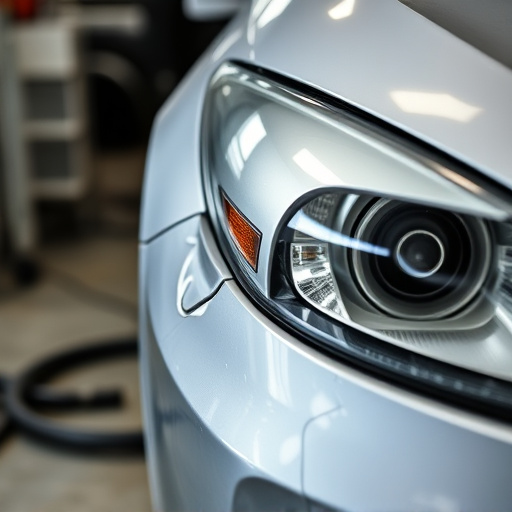
In a well-lit environment, precision is key for pearl finish collision repair. Techniques such as utilizing high-quality lighting equipment can help illuminate hidden defects and ensure every detail is visible, enhancing accuracy during the repair process. Professional technicians often employ strategic lighting to mimic natural light conditions, minimizing shadows that could obscure issues. This meticulous approach not only improves visibility but also allows for more consistent and precise work, resulting in superior finish quality.
Moreover, proper lighting can significantly reduce errors commonly associated with collision damage repair. By adopting advanced lighting techniques, auto glass replacement specialists can accurately assess cracks or chips, determine their extent, and plan the most effective repairs. This attention to detail is vital for achieving a seamless fusion between the restored area and the original pearl finish, ensuring customers receive top-tier collision repair services tailored to their vehicles’ unique needs.
In conclusion, optimal sunlight exposure plays a pivotal role in achieving precision during pearl finish collision repairs. By understanding how natural light interacts with this intricate finish and implementing strategic techniques, technicians can ensure exceptional accuracy. Navigating the delicate balance between light intensity and angle allows for precise color matching and seamless restoration, ultimately enhancing the quality of pearl finish collision repair work.
